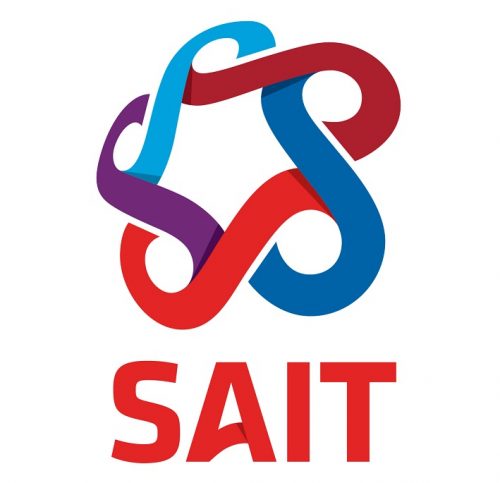SAIT Polytechnic: BGIS
Here at the Bachelor of Applied Technology – Geographic Information Systems (BGIS) program at SAIT Polytechnic in Calgary, Alberta we have seen an increasing demand for seats in our GIS program. In response to this demand, we opened up a January intake for the program in 2009. January enrolments have risen steadily since that first intake and this coming January looks to be no different. I have been asked to speculate on why there is this increased demand for our program, and what kind of successes graduates of our program find after they go on to industry.
Let me first explain how the BGIS program works here at SAIT. It is an Applied Degree program, which means that a significant part of the student learning experience happens on the job during a work experience practicum. A practicum is similar to internship or co-op programs offered at other institutions, but it is a mandatory part of the BGIS program at SAIT and constitutes the entire second year of our program. These practicums are also all paid, and many students find full-time employment following completion of their practicum position.
A big reason for the success of our program is our relationship with the GIS industry here in Alberta. Our program is overseen by an Industry Advisory Panel made up of about 15 industry members who provide feedback to our program regarding industry trends, the abilities of students who come to them as practicum students and new hires, and new directions they would like to see in the program. This relationship with industry guarantees we are providing what industry is looking for as illustrated by our graduate employment rate of approximately 95% over the last three years. The GIS community is a small community, and word-of-mouth has spread that our students and graduates have the ability to “hit the ground running” and need very little on the job training.
That is not to say our students are limited to employment in and around the Calgary area. Currently we have practicum students and graduates working across Canada and the world in a variety of positions. There is no limit to the opportunities that geospatial graduates can access after completing this program. The geospatial industry is rapidly expanding, as an increasing number of companies are exposed to the benefits of integrating GIS into their day-to-day business. Our students also help in that regard. The major projects our students complete are always in conjunction with an industry partner and often students have an idea of what they want to do for a company that does not currently have GIS in their organization. After those companies see what our students and GIS can do for them it almost guarantees a position for one of our students and helps further the awareness of GIS and geospatial technologies as a whole.
The first year of our program consists of a novel approach to teaching GIS. In 2010, we re-examined the way we taught GIS and geospatial concepts such as remote sensing, GPS, and data management. Prior to 2010, we had courses much like any other GIS program; but we found this method resulted in a lot of overlap and redundancy in course content. The way we reimagined our courses is based upon the GIS process originally developed by Stan Aranoff in his textbook “Geographic Information Systems: A Management Perspective” (1989). Here Aranoff explains the GIS process as consisting of four major components: Data Capture/Input; Data Management; Data Manipulation and Analysis; and Data Output. We now have a course for each component (introductory level in the first semester, advanced level in the second semester) as well as a course in Workplace Communication and a Major Research Capstone Project in the second semester.
The Data Capture courses incorporate aspects of data capture such as digitizing, editing, geocoding, remote sensing and image analysis, global positioning systems and mobile mapping. In the Data Management courses students learn about databases, data organization, data translations, geodatabases and enterprise systems. During the Data Manipulation and Analysis courses students we show the students data processing workflows, geoprocessing operations and how to automate those operations using Model Builder and Python scripting. In the Data Output courses students learn how to communicate with maps, posters, report figures and web mapping applications utilizing the most common APIs used in industry.
The layout and structure of the courses also allows us as a team of instructors to build upon the deliverables and assignments of one course and incorporate them into the next step in the GIS process. For example, students will collect polygon and attribute data for communities within the City of Calgary in the Data Capture courses; organize, standardize and store that data in a functional manner in the Data Management courses; analyse the data in the Manipulation and Analysis courses; and present the results in the Data Output courses.
Since developing these new courses and their associated content, student response has been overwhelmingly positive and we have seen an increase in demand for our program from prospective students. Part of our programs success is, in part, due to the increased relevance of our courses, as well as the ease with which students can see the way GIS flows from one component to the next.
The BGIS program at SAIT Polytechnic works hard to remain relevant to industry needs for knowledgeable GIS graduates and student needs to provide a quality education that leads to a career they can feel stable with for years to come.
Written by Adrian Faraguna, M.Sc.
Instructor, SAIT Polytechnic
Bachelor of Applied Technology – GIS






